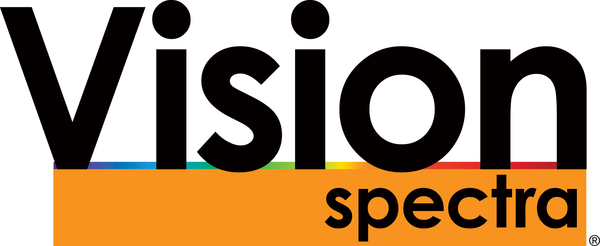Researchers Develop AI-Enabled Liquid Holographic Camera
Holography technology can restore the complete light field information of the recorded object, which has important applications in fields like biological microscopic imaging and optical micromanipulation. One important frontier in holography is the reconstruction of realistic 3D scenes. However, the development and application of holographic technology have been hindered by the huge amount of data of the 3D scenes and the laser coherence, which leads to the slow capturing speed of the real 3D scenes and the serious speckle noise of the holographic reproduced image.A team of researchers has collaborated to develop a holographic camera based on liquid lens technology, capable of recording high-quality holograms of real 3D scenes in a matter of 150 ms.
The proposed holographic camera mainly consists of a liquid camera based on a large-aperture liquid lens and an end-to-end physical model-driven network. Courtesy of Wang, D., Li, ZS., Zheng, Y. et al.
According to the team led by Qiong-Hua Wang of Beihang University, and Song-Lin Zhuang and Da-Wei Zhang of the University of Shanghai for Science and Technology, the camera solves two major bottlenecks in existing holographic technology, namely the slow acquisition time and the low quality of reconstructed images.
The researchers used a liquid camera based on a large-aperture liquid lens and an end-to-end physical model-driven network (EEPMD-Net) in the holographic camera. The liquid lens with an aperture of 10 mm has low driving voltage, fast response speed, and a wide range of optical power, which ensures the fast and high-quality capture of real 3D scenes.
The liquid camera quickly captures the depth information of multiple focal planes of a scene. According to the researchers, if the captured information is directly used for diffraction calculations, it becomes impossible to obtain high-fidelity holograms. Instead, the EEPMD-Net is proposed as the software module. The EEPMD-Net takes in the information and processes it into a full-focused image and depth, quickly calculating the holograms of RGB channels of the scene, thereby producing high-fidelity holograms with low-noise phase generation.
The team expects the technology to see wide use in a variety of fields, including 3D display, measurement, and encryption, among other fields.
The research was published in Light Science & Applications (www.doi.org/10.1038/s41377-024-01410-8).
LATEST NEWS
- NIL Technology Raises $31M to Scale Manufacturing May 9, 2024
- Advanced OPA Boosts Energy of Ultrashort Pulses for Attosecond Imaging May 9, 2024
- Photoswitchable Biosystems Make Way for Intelligent Drug Delivery May 8, 2024
- ams OSRAM Sells Passive Optical Components Assets to Focuslight May 8, 2024
- Toku Adds to its Board: People in the News: 5/8/24 May 8, 2024
- Functional Materials Developer Meta Materials to Lay off 80% of Workforce May 7, 2024
- Luminar Restructuring Includes 20% Workforce Cut May 7, 2024
- Danish Authorities Approve Sale of NKT Photonics to Hamamatsu May 6, 2024
